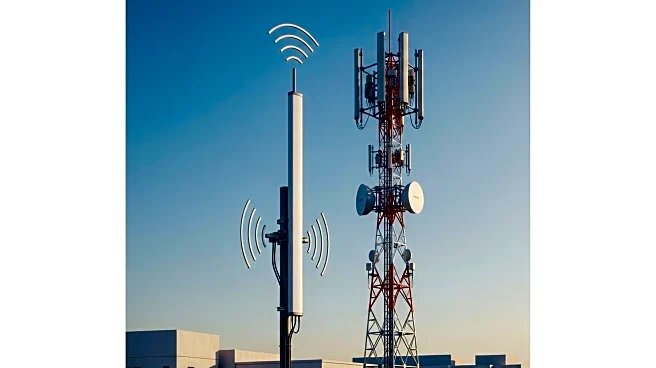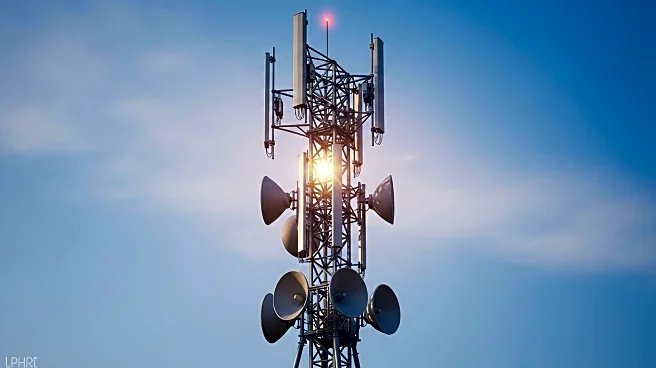What is the story about?
What's Happening?
Aviat Networks, a leader in wireless transport and access solutions, has announced a strategic partnership with Intracom Telecom to deliver advanced Fixed Wireless Access (FWA) technology in North America. This collaboration aims to leverage the high-capacity 28 and 39 GHz millimeter wave (mmWave) bands, which are compliant with FCC requirements for 5G applications. The partnership will focus on providing multi-Gigabit 5G access solutions to North American service providers, offering an alternative to the high costs and complexities associated with fiber installations. Intracom Telecom's WiBAS G5 platform, a point-to-multipoint FWA solution, will be central to this initiative, capable of delivering over 22Gbps from a single base station site using advanced technologies like Multi-User MIMO and Hybrid Massive Beamforming.
Why It's Important?
This partnership is significant as it addresses the growing demand for high-speed internet access in North America, particularly in areas where fiber deployment is not feasible due to cost or logistical challenges. By providing a wireless solution that offers fiber-like performance, Aviat Networks and Intracom Telecom are poised to accelerate broadband expansion, enhancing connectivity for both consumers and enterprises. This development is crucial for supporting the increasing data demands driven by the proliferation of 5G applications and services. The collaboration also underscores the importance of innovative wireless technologies in bridging the digital divide and ensuring that high-speed internet access is more widely available.
What's Next?
Aviat Networks plans to initially target select North American service providers to deploy these FWA solutions. The company will offer a comprehensive suite of services, including design, planning, deployment, and support, to facilitate the adoption of this technology. As the partnership progresses, it is expected that more service providers will adopt these solutions, potentially leading to broader market penetration and increased competition in the broadband sector. Stakeholders, including telecom operators and public authorities, will likely monitor the rollout closely to assess its impact on connectivity and service delivery.
AI Generated Content
Do you find this article useful?













